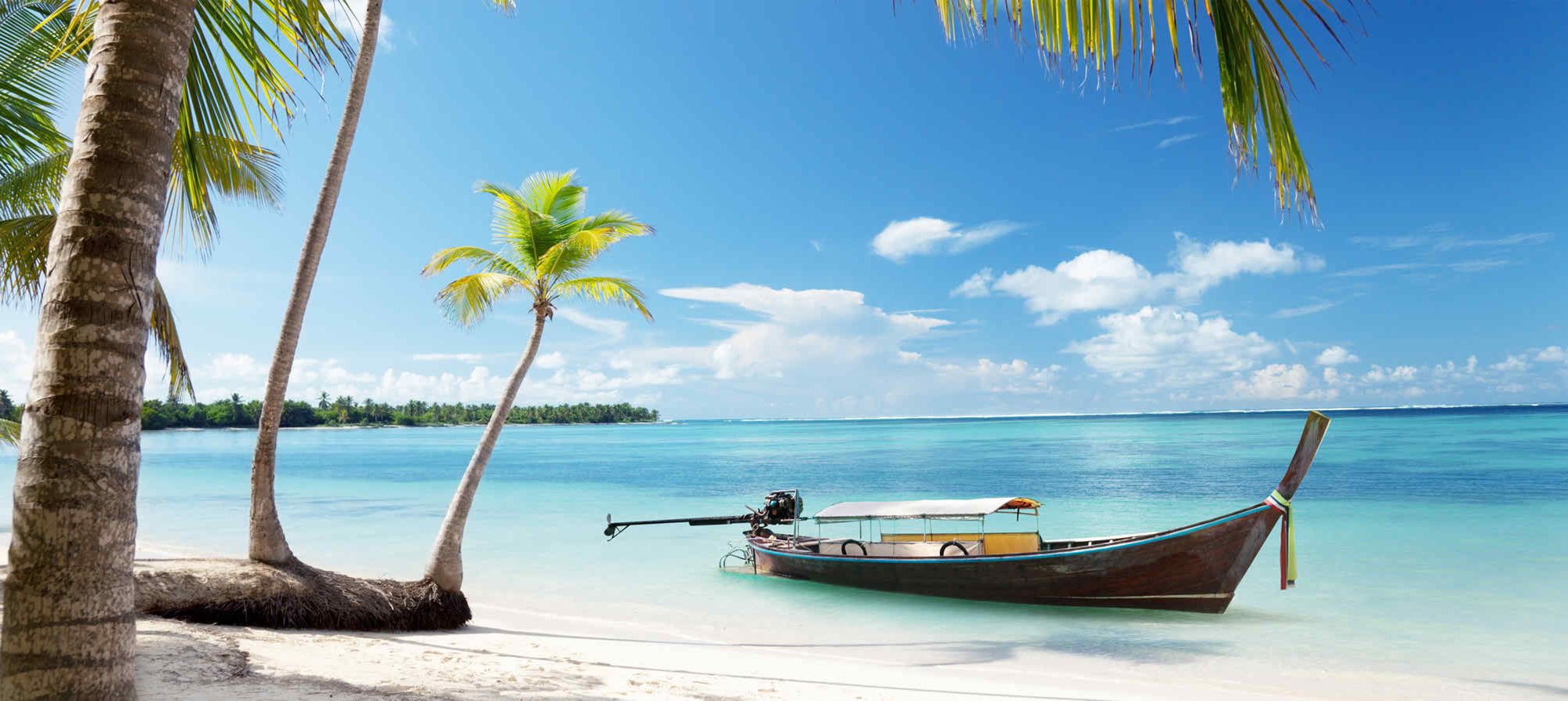Olives Picking / Packing


An olive is a small fruit bearing tree that belongs to the family of Oleaceae, along with Forsythia, lilacs and jasmine. Its fruit is also called an olive and they are mostly abundant in Africa and the Mediterranean places. The olive fruit is one of the most popular horticultural produce in the Mediterranean because of its excellent supply and source of olive oil. In Australia, olive growers are encouraged to cultivate olives to supply the whole of the country; however, most of the farmers and producers of the said fruit cultivates them mostly for export. The Asian market has been one of the many who import olives for health reasons.
Olive trees thrive in lime soils where calcium content is more than enough. They also flourish where there are similar climate conditions as those from the coastal areas. Olive trees have slow growth, but they can stand the time without compromising the quality of their fruits. A regular olive tree can reach 10m in height, but constant pruning can also limit their size in order to keep producing quality fruit. In the coldest weather, an olive tree can die, but its roots will continue to live and eventually grow again in a better climate.
Planting an olive tree requires a lot of time adding lime and manure, two of the most essential content of soil where the trees will be planted. Once a tree is planted, make sure that the soil surrounding it is pressed thoroughly to prevent the occurrence of air compartment. After planting the tree, water it and cover its surrounding with mulch. Make enough space between the tree and the for breathing. Harvesting of olives depends on the ripeness and when they are needed. “Green Ripe Olives” are usually picked when the clear juice inside turns milky white. Olives for olive oil processing needs to stay on the tree until their color changes from green to a darker color.
The time span of an olive tree to bear fruit is at least three years for the “Arbequina” and Koroneiki” variety, while others may take as long as twelve years to bear fruit. A single tree can produce a maximum of 40 lbs. of fruit from the semi dwarf tree, a total of 100 lbs. for the ‘Mission’ variety and a ton for the ‘Chemlali’ produce.
While it’s known that olives are very marketable, Australian growers still need to concentrate on finding a large market of fresh olives and in-house processing in order to fully gain profit. Local fresh markets are still feasible when it comes to purchasing fresh olives and in-site processing, but Australia has also developed several mills that can cater to local olive producers where processing is needed.
Backpackers in Australia who wish to work as fruit pickers can either be paid daily or by the quantity of fruit they harvested, and since olive are mostly mechanically harvested, farmers need someone who can operate a machine that will increase the pace of harvesting the fruits.






































